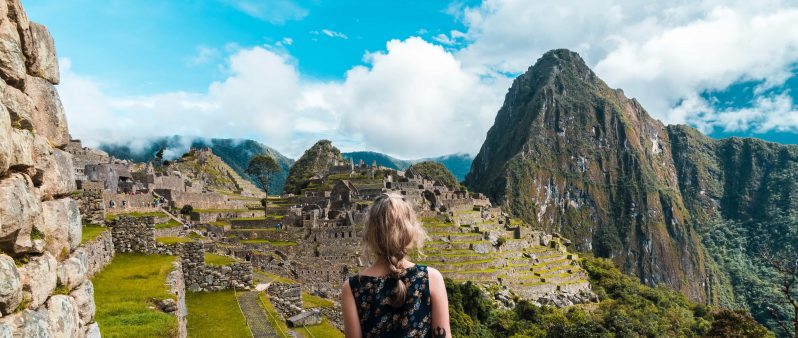
The legendary Inca Trail is what many aspiring Machu Picchu visitors imagine when they daydream about setting foot in the ancient city, high in the Peruvian Andes and looming above the valley of the Río Urubamba. The Inca Trail is part of the Inca road system and is by far one of the most famous treks in South America.
Hiking the Inca Trail has become so popular that the Peruvian government had to set a visitor cap and now limits trail access to 500 persons per day, porters included. No wonder it’s so treasured—the trail offers stunning panoramic views, subtropical jungle aura, and significant Inca ruins peppered along the way. The classic Inca Trail typically takes four days to complete, with many trekkers opting to slow down and extend to a five-day trek. Taking a couple of days of acclimatization into consideration, you’re looking at a seven-day commitment at the very least.
On a recent trip to Peru, I only had six days, and the Inca Trail was fully booked for the season. I wasn’t so easily discouraged, and with a little bit of research, learned that there are a variety of off-the-beaten-path routes to Machu Picchu, ranging from one-day trips to trips that last over two weeks.
How to Hike to Machu Picchu in 6 days
1. Find an Inca Trail Guide.
I used Lokal Travel to find the perfect hike to Machu Picchu with Alpaca Expeditions. Lokal Travel is a marketplace for booking local, sustainable adventures. Alpaca Expeditions hires 300+ porters, all from Cusco or nearby villages. They employ local women and empower them with t-shirts that say ‘Hike like a girl. Try to keep up!’. Unlike some other tour companies in Cusco, Alpaca Expeditions supply their employees with quality hiking gear, specifically high-quality hiking boots to protect their feet.
The Huchuy Qosqo 3 Days / 2 Nights course was a beautiful trek through the Andes, shorter and a bit easier for those with limited time. The last hour and a half of the second day involved a lot of downhill hiking. Instead of hiking through to Machu Picchu as one would on the classic Inca trail, I took the Peruvian train to Aguas Calientes. You can find other hiking options with Alpaca Expeditions by visiting their website.
My Alpaca Expeditions tour guide, Angel. Angel built his home ten years ago out of adobe brick, a popular building material also used by the Incas.
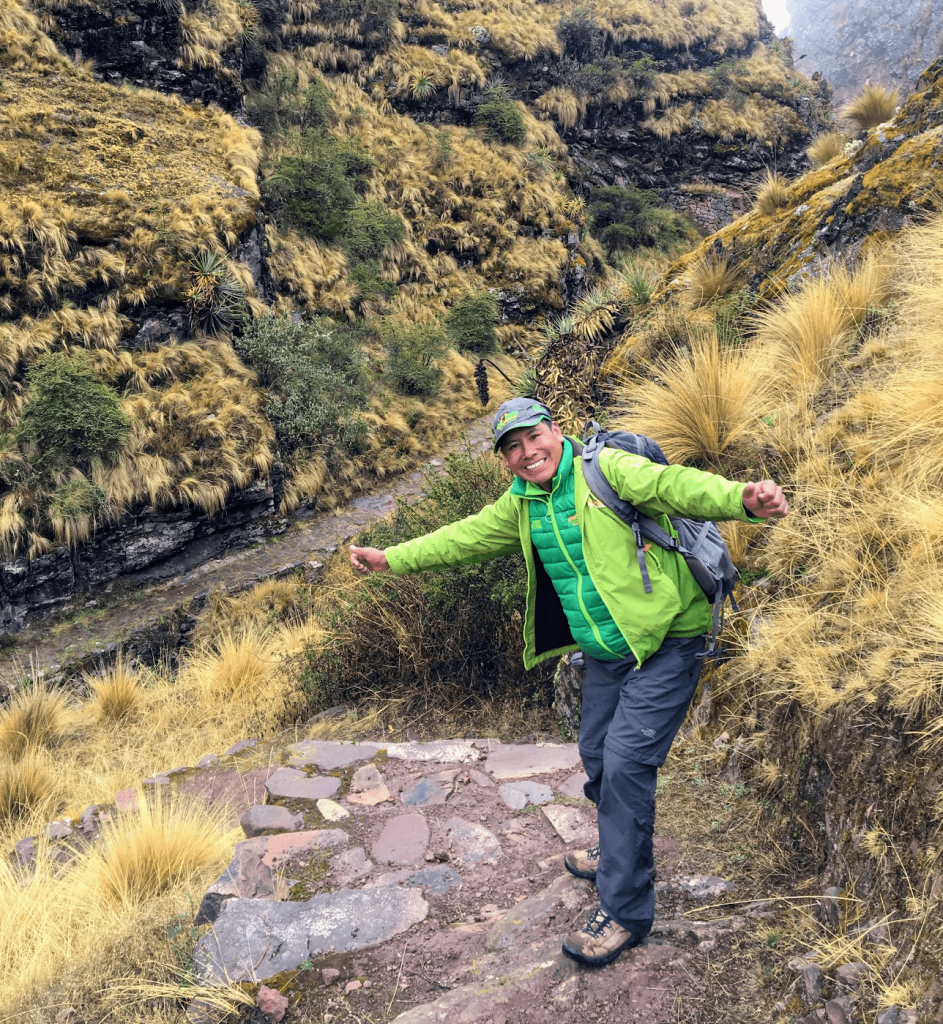
2. Book Lodging in Cusco
With the 3 Days / 2 Nights trek option, I had ample time to explore the vibrant and dynamic city of Cusco. For the first two days before the hike, it was essential to acclimate. I chose to stay at the Inkita Boutique Hotel, which sat a bit outside of Cusco and higher up in the hills with a scenic view and a relaxing ambiance (26 USD per night). Cusco was easily accessible; it cost about ten soles ($3.00) to hail a taxi to the city center. I was greeted by a smiling host and a cup of coca tea. She offered me a bright and spacious bedroom. Breakfast was included in my stay, and there were three delightful alpacas on site that I treated with a little pasto (grass) each morning.
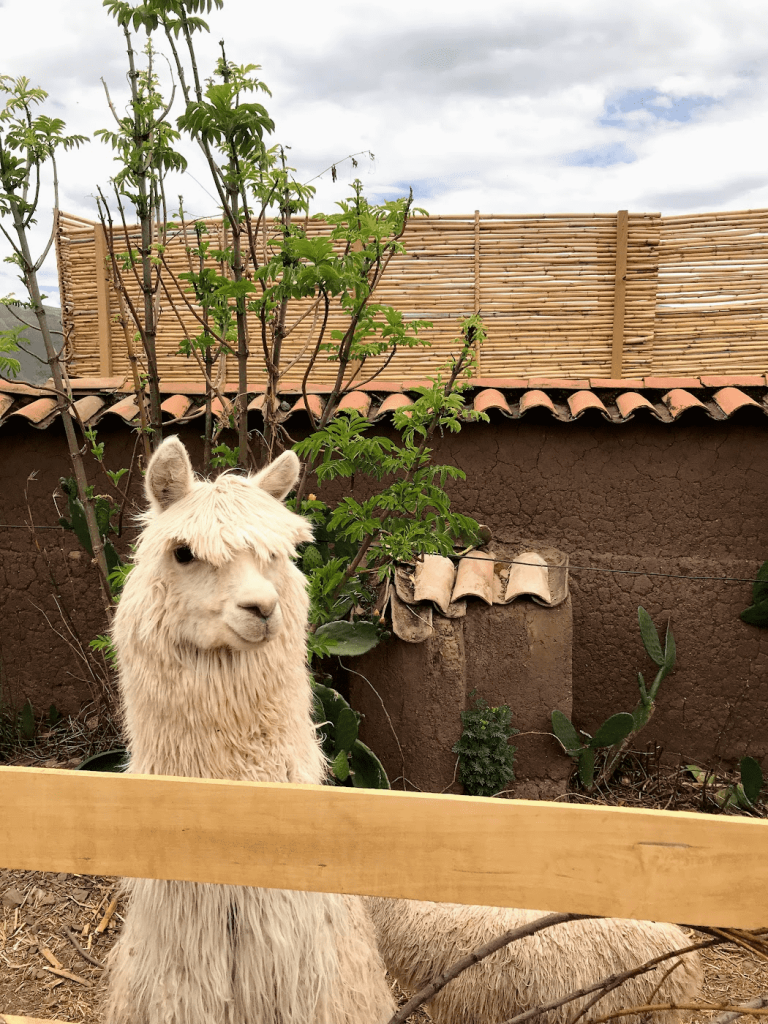
I booked one more night in Cusco following the Machu Picchu trek. I stayed closer to the city center in a small and charming maisonette apartment. The apartment was located in San Pedro, one of the oldest districts of Cusco, and cost a bit more at 55 USD per night. The intimate space combined a modern and historic atmosphere and was less than a fifteen-minute walk from the main plaza.
3. Acclimatize
For the first couple of days in Cusco, I kept a low profile and focused on acclimatizing. Cusco sits pretty at 11,152 feet, and it’s normal for one to feel the onset of altitude sickness at 8,000 feet. To help with my initial headache and nausea, I drank coca tea and stayed hydrated. Once I felt better, I explored the city center by visiting the Plaza de Armas and the San Pedro Market. Fortunately, the elevation decreases as you start your trek toward Machu Picchu. You can read more about ways to acclimatize and how to take advantage of Cusco during that time here.
4. Best Times to Hike Machu Picchu
Spring and Fall are the best times to hike Machu Picchu. April and May and then late September thru early November all lie within the dry season and are less crowded than the summer months. Inca Trail permits can sell out months in advance during the high season from June to August.
There is always a chance of morning or afternoon heavy mists, which I did encounter on the morning of my Machu Picchu visit, but it occurs more frequently during the rainy season from November to March. The weather during the spring and fall shoulder seasons is a bit unpredictable though. I had to pack for hot days, cold nights, and potential rain.
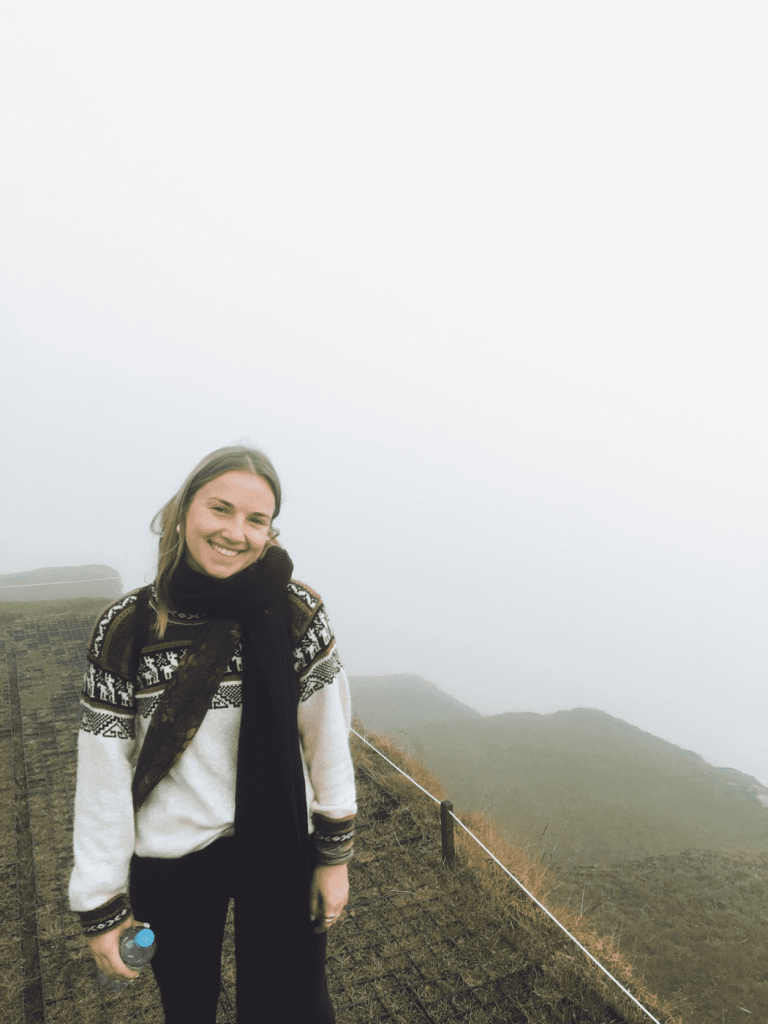
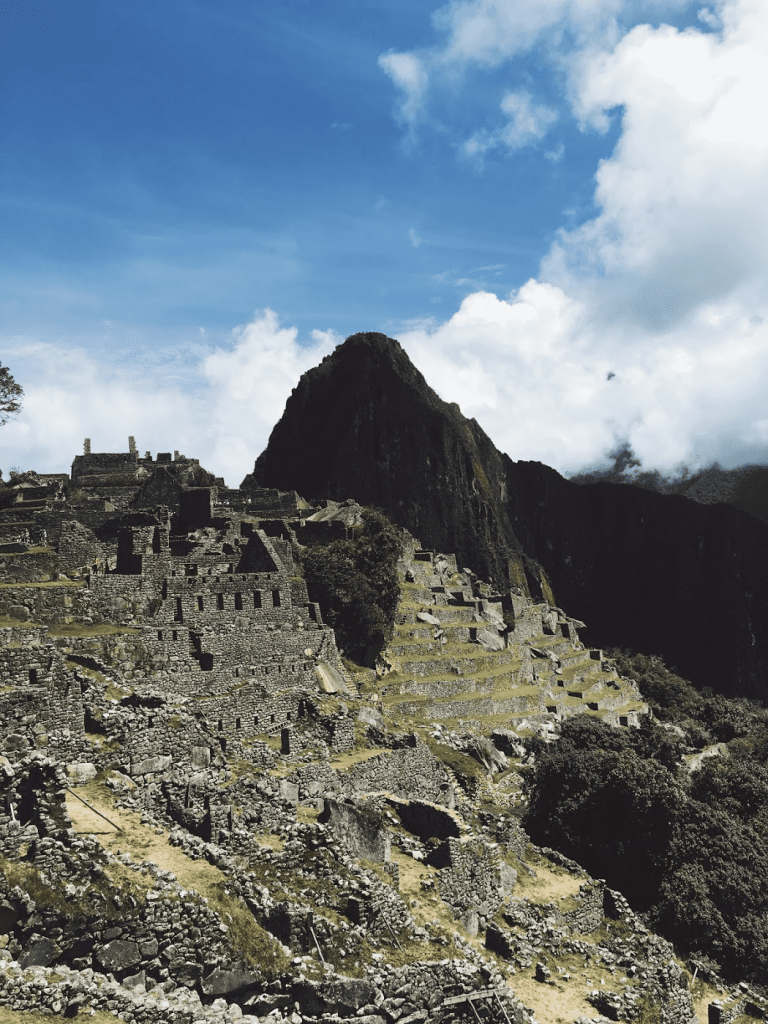
5. Pack Your Bags – Inca Trail Packing Essentials
Most tour guides offer packing lists or suggestions. I found that bringing layers that could be quickly put on and removed helped tremendously as the warm days turned into chilly afternoons. Some essential items that may not be top of mind: a copy of your passport, personal medication, flashlight or headlamp, bathing suit for hot springs, extra money for guide and porter tips, and sunscreen. Solar radiation reaches historic highs in Peru. Even on overcast days, you can easily burn. While you’re at it, bring sunglasses and a hat.
I hope my journey to Machu Picchu will inspire you to plan your own.
Did you know the native language for most locals in Cusco is Quechuan, not Spanish?
Quechuan Language and Phrases to Use When You Visit Cusco
English: Hello
Quechuan: Rimaykullayki
Spanish: Hola
English: Good morning
Quechuan: Wuynus diyas
Spanish: Buenos días
English: Goodnight
Quechuan: Allin tuta
Spanish: Buenas Noches
English: How are you?
Quechuan: Allillanchu?
Spanish: Cómo estás?
English: Thank you
Quechuan: Solpayki
Spanish: Gracias
Pimsleur courses are great for your trekking and backpacking trips. No need for wifi, just a water bottle, trail map, and your favorite Pimsleur course will get you to your destination. Your first lesson is free here!
No Comments for "Hike Machu Picchu in 6 Days – Trekking the Inca Trail"